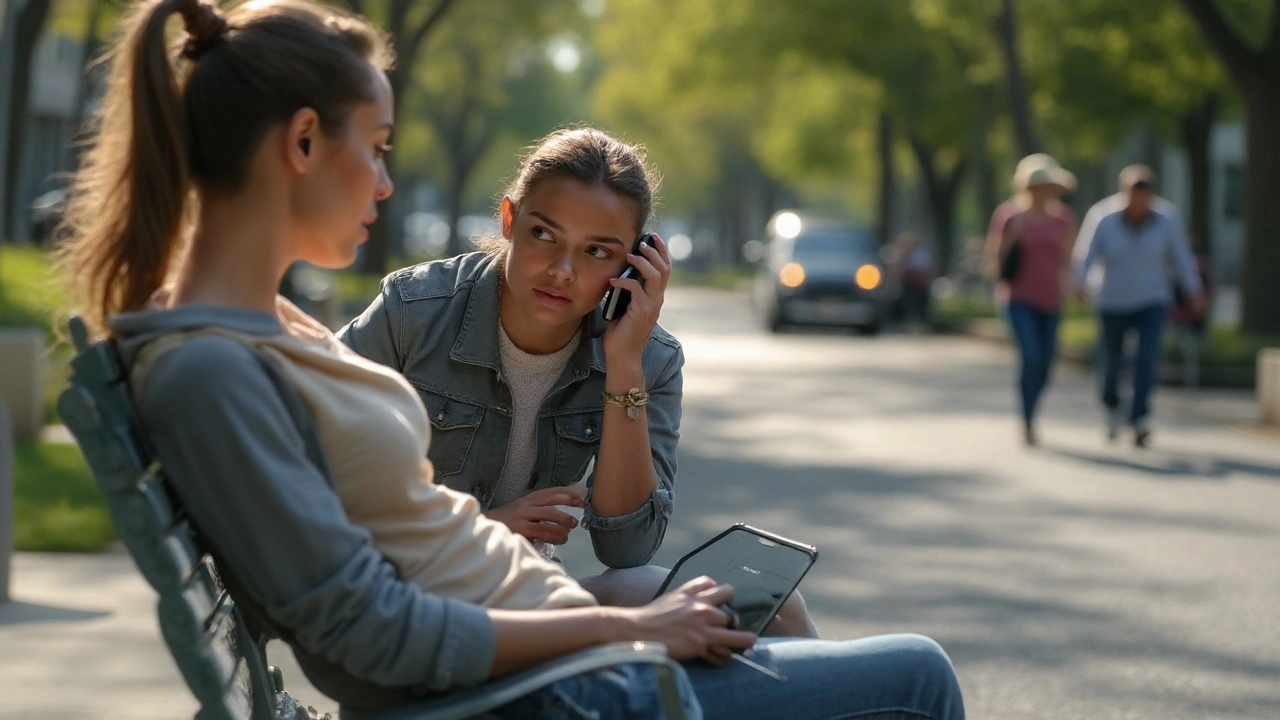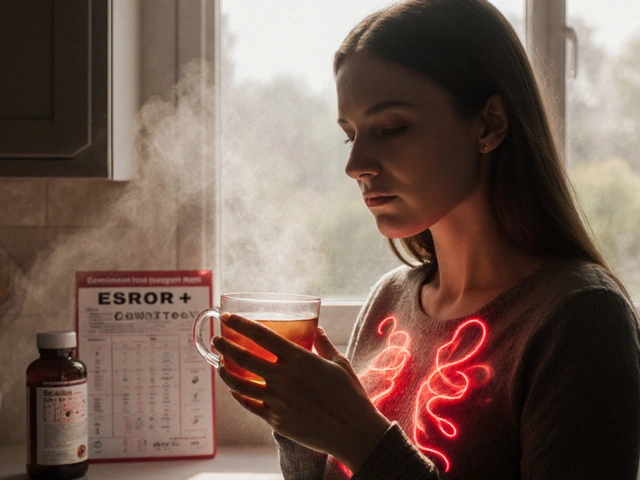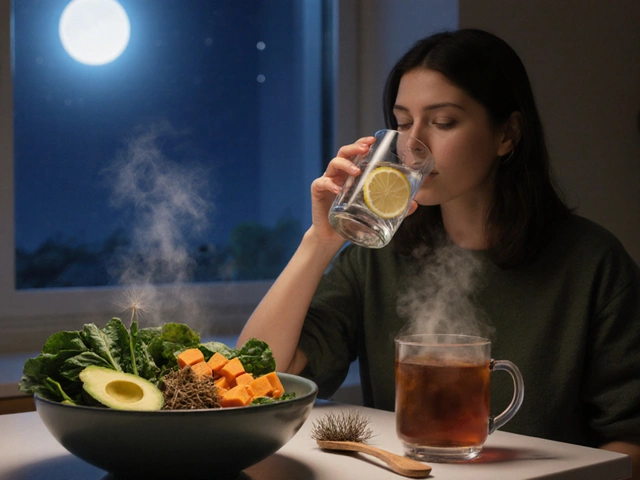What to Do in Case of Overdose: Fast, Simple Steps
Seeing someone overdosing is scary. Quick, calm action can save a life. This guide gives clear, do-it-now steps you can use right away, whether the overdose is from pills, alcohol, or opioids.
Immediate steps to take now
First, check responsiveness and breathing. If the person is asleep but breathing, try to wake them with a firm shout and a light shoulder shake. If they don’t respond or breathing is slow, call emergency services right away (911 in the U.S. or your local emergency number).
Call Poison Control if you think it’s a toxic ingestion (U.S. number: 1-800-222-1222). They’ll guide you on next actions and on whether the person needs to go to the ER.
- Keep them breathing: If breathing is very slow or irregular, do rescue breaths if you know how. If breathing stops, start CPR until help arrives.
- Use naloxone for opioid overdose: Signs include very slow breathing, pinpoint pupils, or unresponsiveness. Naloxone (Narcan) can reverse opioid effects quickly. Give it if available and call emergency services even after giving it.
- Put them in the recovery position: If they are breathing but unconscious, roll them onto their side with the top leg bent. This keeps the airway open and prevents choking if they vomit.
- Don’t make them vomit: Don’t force vomiting unless a poison expert tells you to. Don’t give food, drink, or medications unless instructed by emergency staff.
- Protect during seizures: Move dangerous objects away and cushion the head. Don’t restrain limbs or put anything in their mouth.
What to do after first aid and how to prevent future risk
When help arrives, give rescuers as much information as you can: what was taken, how much, when, the person’s age, weight, and medical history. Bring medication containers or bottles if possible.
After the emergency, follow medical advice. A trip to the ER might be needed for monitoring or additional treatment. If the overdose involved drugs or alcohol, consider asking about addiction support or counseling — getting help early reduces repeat risk.
Prevention matters: store medicines locked up, use original bottles, dispose of unused meds at a take-back site, and talk with friends or family about safe use. Keep naloxone on hand if someone in your home uses opioids. Local pharmacies, harm-reduction groups, or health clinics can often help you get it.
Staying calm and acting quickly are the best chances to help someone in an overdose. If you’re unsure what to do, call emergency services or Poison Control and follow their instructions step by step.

What to Do in Case of Overdose: Step-by-Step Emergency Guide
Take quick and smart action when dealing with overdose. Spot the signs, call for help, and use safe steps while waiting for professionals.
view more





